In numeric terms, the European Covid-19 crisis becomes a footnote, as the pandemic now rages across the rest of the Globe.
Containment polices will be in stop-go mode for as long as it takes and will be increasingly politicized. In the rich economies saving trumps shopping, for weaker and fragile economies debt levels spell potential disaster.
COVID-19 Economic and Epidemiological Impact – Analysed in just a few gobbets for time-starved, over-solicited decision-makers
- The WHO warns of a “new and dangerous phase” of the pandemic. Over the past two weeks, 81 countries have had a growth in new cases, while only 36 have experienced a decline. Latin America, South Asia and some African countries are particularly at risk. Even in countries where the situation seems under control, there have been limited, but significant, surges (most notably in Beijing, Seoul and in a meat processing plant in Germany).
- In the US, cases of infection plateaued first before increasing again: they’ve gone up by an average of 22% over he past 14 days (but rising by 100%+ in certain states). The fight against the outbreak is becoming heavily politicised. Since 1st June, more than 60% of new Covid-19 cases have been recorded in red states (particularly in Arizona, Florida and Texas), after their authorities decided that doing nothing and hoping for the best was a sensible strategy. Rules as simple and effective as wearing a mask provoke much political polarisation.
- The logical conclusion from what’s happening around the world with Covid-19 is this: as long as large or small outbreaks keep occurring, reopening will remain fraught with difficulties. Consequently, partial, targeted lockdowns are a given in the months to come, and there will not be a return to previous levels of economic activity until a vaccine or an effective treatment is available. Therefore, the 90% economy is going to be with us for some time to come.
- Some V-shaped data (like the Eurozone PMI) and a bit of anecdotal evidence are generating a “stronger-than-thought” rebound narrative. We should not confound the level and the rate, nor get carried away. The reasons are twofold:
- (1) The marked improvement in PMI (Purchasing Manufacturing Indices) in the Eurozone and elsewhere does not mean that the global economy has turned the corner. It just indicates that business activity has improved compared to the previous month. It is only natural that a significant pick-up in activity should follow a period of inactivity (caused by rigorous lockdowns).
- (2) The most meaningful indicators to watch are the saving rate and retail sales. In April (admittedly during the lockdown), the US personal saving rate climbed to 33%, while in the Eurozone, the household saving rate (calculated differently than equivalent in the US) rose to 19%. They will both significantly go down as the economies reopen, but probably not enough to prevent saving rates remaining at historically high levels. If China can serve as a proxy for future consumption in other countries, retail sales tell a similar story: in May, they were down 2.8% Y-o-Y.
- In over-indebted emerging and poor countries, Covid-19 is an outright disaster putting governments in untenable positions. This year, 77 poor countries are due to repay USD62bn in principal and interest payments at a time when their fiscal situation is stressed to the limit by the health costs required to contain the pandemic. For them, the debt crisis will take on huge proportions and years to sort out, with a lot of economic, social and humanitarian collateral damage. According to the UN, a 20% contraction in per capita income or consumption in the world’s poor countries would plunge 395m more people into extreme poverty, swelling the total number of those living on less than USD1.90 a day to 1.12bn.


